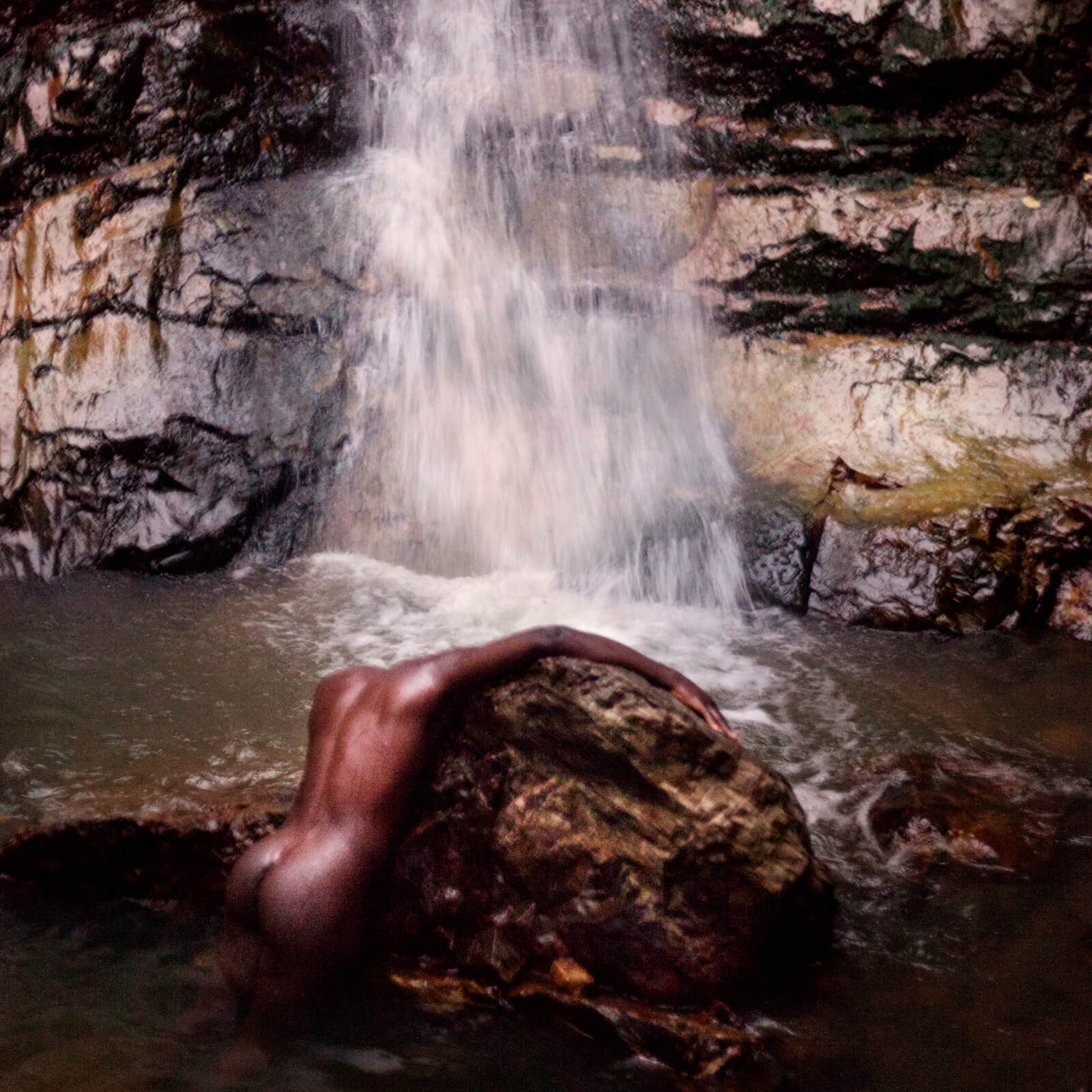Moses Sumney – Græ: Part 1

(note: “ae” in grae stylized as “æ” as in the Latin alphabet)
The move from Winter to Spring calls on us to lighten our spirits and leave our sadness, gloom, and bad vibes behind at the door.
The perfect soundtrack for the transition back into brightness is Moses Sumney’s new record, grae: Part I.
Following up his rich and gorgeous full length debut, 2017’s Aromanticism, the San Bernardino singer/songwriter/multi-instrumentalist has hit it out of the park yet again. With just as many ridiculously impressive vocal runs and incredibly lush pieces of instrumentation, grae: Part I puts forth a more upbeat, sensual, passionate, and hopeful energy than his last project. Also present is a deep undercurrent of resistance and revolution against broad societal systems of oppression, a theme Moses explored in-depth on his EP, Black in Deep Red, 2014.
Gone are the melancholic, introspective stylings of tracks like “Doomed” and “Plastic”. Instead, Moses has traded those in for a greater focus on passionate sensuality and sexuality, seen strongest on tracks “In Bloom” and the instrumental for “Gagarin”. The closer, “Polly”, deconstructs a relationship with powerful, but seemingly loveless, sexual engagement.
Moses also addresses questions of changing or unclear identity, most clearly heard on the tracks “Neither/Nor” and interlude “jill/jack”. What rises to prominence on this project, though, is his call for organization and mobilization against oppressive aspects of today’s society.
Hearkening back to his last project, EP “Black in Deep Red, 2014” Moses again takes on systems of racial, economic, sexual, and gender-based oppression. “Colouour” seemingly jabs at the culture surrounding beauty and self-image, juxtaposing a desire to be dead against a friendly, almost comforting melody. The intro track “insula” and interludes “boxes” and “also also also and and and” put forth robotically voiced, cryptic descriptions of the degradation identity in an increasingly bleak and ever-constricting socioeconomic landscape.
The most clear and cogent expressions of this central theme come in tracks “Cut Me”, “Gagarin”, “Conveyor”, and “Virile”. On all four, Moses explicitly speaks on how people are broken down into mass-produced entities to serve the system, and laments the difficulties of finding the strength and energy to resist this process of dehumanization. Backed up against such rich, layered instrumentals, this turns into a rallying cry for solidarity and self-improvement. Moses is calling on us as listeners to see the cracks in the chains around us and break out of them.
Another interesting wrinkle in this project is the series of visuals released to accompany every song. Shot in a VHS home video style, these bring back in more of that nostalgic, melancholic quality found on Aromanticism. You can check these out on Moses Sumney’s Youtube page here.
My personal favorite is the video for “Neither/Nor”.
[embedyt] https://www.youtube.com/watch?v=PP7aUoWnbB4[/embedyt]
Grae: Part I is a project that fills me with the blooming warmth of the change to Spring, a sense that the problems of the world that keep me down can someday be overcome with enough strength and solidarity with others. My personal favorite tracks are “Colouour”, “Conveyor”, “Neither/Nor”, and “Polly”. These deftly capture my favorite aspects of his music, the deeply introspective lyrics coupled with smooth, lush, layered instrumentation. This album is a triumph, and if I had to rate it, I’d give it a 9/10. Considering this is just the first part of a double album—the followup coming hopefully sometime soon—I think we have a lot to look forward to from Moses Sumney.
Colin Brunson is a Cal Poly History Junior and KCPR staff member. Image credit to Moses Sumney.

